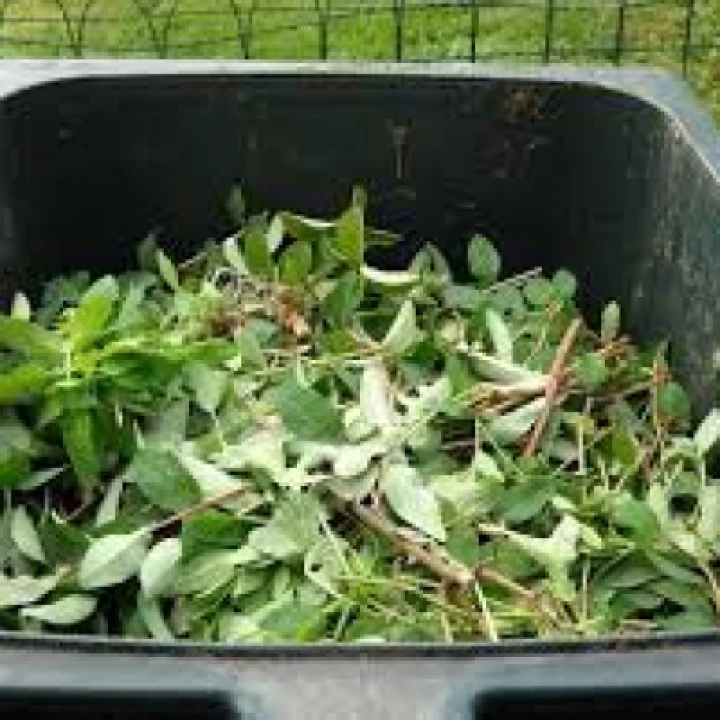Birds in Tarvin Woodland
The Jay
(Garrulus glandarius)
Click this link to hear the birdsong while you read this articleJay Song
While many of our small birds are quite colourful, fewer of our larger birds show very much colour in their feathers – the exception being the Jay. However, this colourful member of the Crow family is actually quite difficult to see. They are shy woodland birds which only rarely move far from cover. Their screaming call usually lets you know that a jay is nearby and it is usually given when a bird is on the move, so it is best to watch for a bird flying between the trees with its distinctive flash of white on its rump. They tend to favour broadleaf woodland but are also found in conifer woodland, scrub and urban areas. Its Latin name, Garrulus, means the same as it does in English – noisy and chattering – while the second term, glandarious, means "of acorns". This refers to the Jay's habit of favouring acorns as part of its diet, a food the bird habitually stores over winter.
Jays usually breed first when 2 years of age. Both sexes build the nest which is usually placed in a fork or on a branch of a tree close to the main trunk at a height somewhere between two and five metres above the ground. It is only very occasionally that the nest is located on a building. The nest has a base of twigs and a lining of thinner twigs, roots, grass, moss and leaves. The eggs are laid daily, normally early in the morning, until the clutch of between 3 and 6 eggs (in pale greens to pale olive browns, covered with fine darker speckles) is complete. They are incubated by the female, with the male bringing her food, until they hatch after 16-19 days. Both parents feed and care for the young which thereafter fledge in a further 19-23 days. The parents continue to feed the fledgelings until they are 6-8 weeks of age. With such a lengthy involvement in their young birds, it is unsurprising that only a single brood is raised each year.
Feeding in both trees and on the ground, Jays eat a stunning range of foods which, like most species will change with the seasons. They take invertebrates including many insects that are pests, acorns (which it buries for use during winter), beech mast and other seeds, fruits such as blackberries and rowan berries, young birds and eggs, bats, and small rodents. However, the behaviour that gives rise to its name – glandarius – "of acorns" – is its prolific caching of food – especially of oak acorns and beechnuts – for future use during winter and spring. While caching occurs throughout the year, it is most intense in the autumn, when the nuts and seeds are most plentiful. This behaviour has been linked to the jay's high capacity and intelligence for anticipating different situations i.e. foresight and planning – a behaviour which distinguishes the Jay from many other common garden birds. Research has shown that Jays can hoard and retrieve several thousand acorns over a winter.
Quick Links
Get In Touch
TarvinOnline is powered by our active community.
Please send us your news and views.









